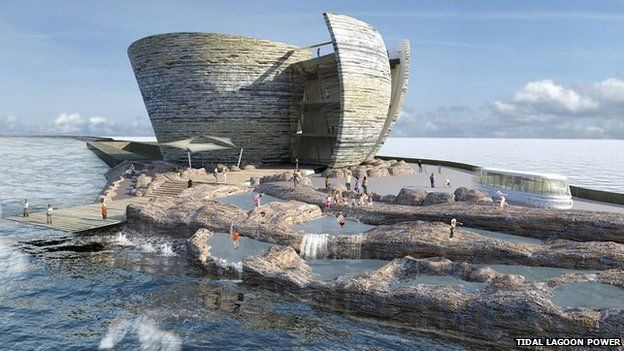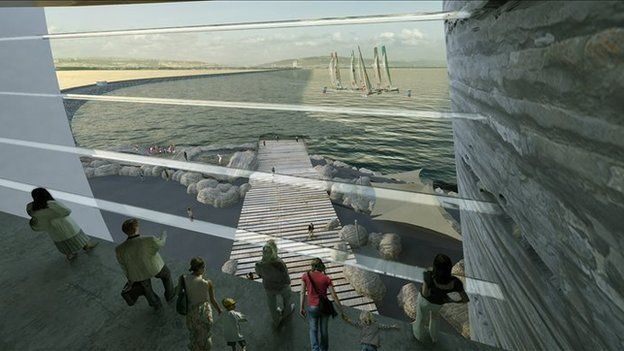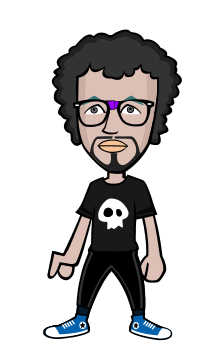
Plans to generate electricity from the world's first series of tidal lagoons have been unveiled in the UK.
The six lagoons - four in Wales and one each in Somerset and Cumbria - will capture incoming and outgoing tides behind giant sea walls, and use the weight of the water to power turbines.
A £1bn Swansea scheme, said to be able to produce energy for 155,000 homes, is already in the planning system.
Energy Secretary Ed Davey says he wants to back the project.
The cost of generating power from the Swansea project will be very high, but the firm behind the plan says subsequent lagoons will be able to produce electricity much more cheaply.
It says the series of six lagoons could generate 8% of the UK's electricity for an investment of £30bn.
As well as Swansea, the proposed lagoon sites are Cardiff, Newport, and Colwyn Bay in Wales; Bridgwater in Somerset; and West Cumbria.
Each will require engineering on a grand scale. In Swansea, the sea wall to contain the new lagoon will stretch more than five miles and reach more than two miles out to sea.

Some anglers fears the lagoon might affect migrating fish, but planners say the new sea wall would act as a reef

The cost would be funded by electricity bill-payers under the existing government scheme to promote home-grown, low-carbon energy.
Tidal Lagoon Power is in negotiations with the government over how much it can charge for its power.
It wants £168 per MWh hour for electricity in Swansea, reducing to £90-£95 per MWh from a second, more efficient lagoon in Cardiff.
'Energy dance'
The £90 figure compares favourably with the £92.50 price for power from the planned Hinkley nuclear station, especially as the lagoon is designed to last 120 years - at a much lower risk than nuclear.
Mr Davey told BBC News: "I can't make a decision on this yet because discussions are ongoing. But I'm very excited by the prospect of tidal power.
"We have got some of the biggest tidal ranges in the world and it would be really useful if we could harness some of that clean energy."



